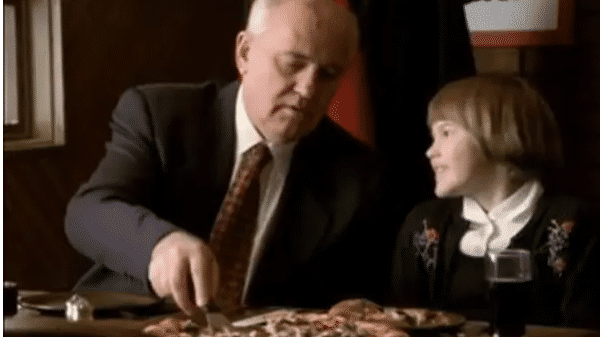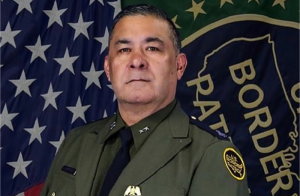In death, as it was during his life, Mikhail Gorbachev’s legacy remains polarising. To socialists at home and abroad, the ol’ Gorby sold his (and his nation’s) soul to the imperialists. For Western audiences, the liberal intelligentsia, etc., the USSR’s last President was a godsent, a cherubic peace-broker between two sparring factions. His reform agenda for Soviet political economy, bureaucracy, and social and political life- Perestroika and Glasnost- was similarly divisive. Allied with his willingness to disburse state powers among the 15 republics within the Soviet Union, it sparked a wave of unrest, culminating in the August Coup in 1991 by a section of Communist Party Members.
Also Read: The making of Mikhail Gorbachev: Complete timeline
For many, the reforms- effectively liberalizing the Soviet economy- sought to transform the USSR into a social democracy instead of a transitioning state towards Communism. Boris Yeltsin- who was chair of the Russian Supreme Soviet in 1990 and later the Russian Federation’s first President from 1991 to 1999- tore up the script. Once a Communist Party member, he defected from the organization, standing as an independent: a staunch supporter of liberalism and Russian nationalism. Introducing ‘Shock Therapy’ to the Russian economy, Yeltsin oversaw the capitalist turn in the Russian economy. Mass privatization, and lifting price controls, among other policy shifts, caused widespread disruption to ordinary Russians up and down the land.
It did not spare Gorby either. Now a pensioner, he remained active within Russian political circles. It did not help either that he rarely saw eye-to-eye with incumbent Yeltsin. “When they hang me, make sure that they don’t hang Yeltsin from the same birch tree,” he famously said. His monthly pension of 4000 roubles- a comfortable sum before the economic collapse- was suddenly peanuts in Russia’s changing landscape. With a foundation to run and political aspirations to be nurtured, the portly politician tried every desperate means to improve his finances, including the now infamous 1997 Pizza Hut campaign. He engineered a hefty sum for an appearance in the advert, shot across locations in Moscow, replete with visuals of the Kremlin and Red Square.
It’s hardly surprising, however, that the ex-Soviet premier would turn to the pizza chain to deliver him some much-needed finances. If not for Perestroika, the American chain wouldn’t have been a fixture on the Muscovite palette. During the early days of Gorby’s reforms, pizzerias mushroomed across Soviet cities- Moscow, Kiev, Odessa, Riga, etc.- serving their takes on the Italian classic. Ham and egg, chicken and mushroom, crab sticks, etc.- unusual toppings indeed- became wildly popular in the late 80s. Another feature of greater liberalisation was the introduction of Joint Ventures (JVs) to the Soviet economy. The JVs allowed private producers (the bourgeoisie) and foreign companies to operate within the Union in partnership with Soviet ministries or civic bodies, provided they agreed to hold a minority stake in these ventures.
Foreign fast food and western commodities began to flood the Soviet market. An early Russo-American partnership was the pizzeria on wheels- Astro Pizza. First popping on Moscow’s Lenin Hills (now Sparrow Hills), it soon grew in popularity. Unlike local Pizzerias, it was wholly more expensive. If an entire pizza- with shrimp, beef, squid or eggs as toppings- cost a measly 50 kopeks ($1.50 today), a slice at the food truck came for a neat 1 ruble and 25 kopeks ($4 today). But watching Italian-American chefs tossing pizza dough above their heads, twirling it with their fingertips, was akin to a circus attraction to Muscovites.
But the piece-de-resistance of Gorbachev’s reform- cue triumphant soft-power- was the twin Pizza Huts in Moscow. If food contained whole layers of ideology, here it was writ large on every slice. It was 1990, and the Soviet economy was tanking, but the Moscow city council now co-owned two American pizzerias. Like in other areas of the non-west, the two outlets barely resembled their lowly status in the West. Instead, they became a physical (and culinary) referent for a different life world for the Soviet people.
Also Read: From Indira Gandhi Peace Prize to Grammy, key awards given to Mikhail Gorbachev
It was expensive too. The price for a large pizza was a princely 18 roubles (4,000 roubles). But more importantly, along with the rouble, they accepted US dollars. For those carrying dollar bills, it meant avoiding queues and a separate enclosure to enjoy their meals. The seismic shift-Pizza Hut is a symbol of which- further intensified in 1991. With joint ventures running into difficulties, Gorbachev- by presidential decree- allowed foreign firms full ownership and operational freedoms to conduct business in the Soviet Union. The Perestroika perhaps segued into Yeltsin’s shock therapy, but that’s for another discussion. Today we wonder if Pizza Hut’s departure from Russia and Gorbachev’s death within months are mere coincidences.







